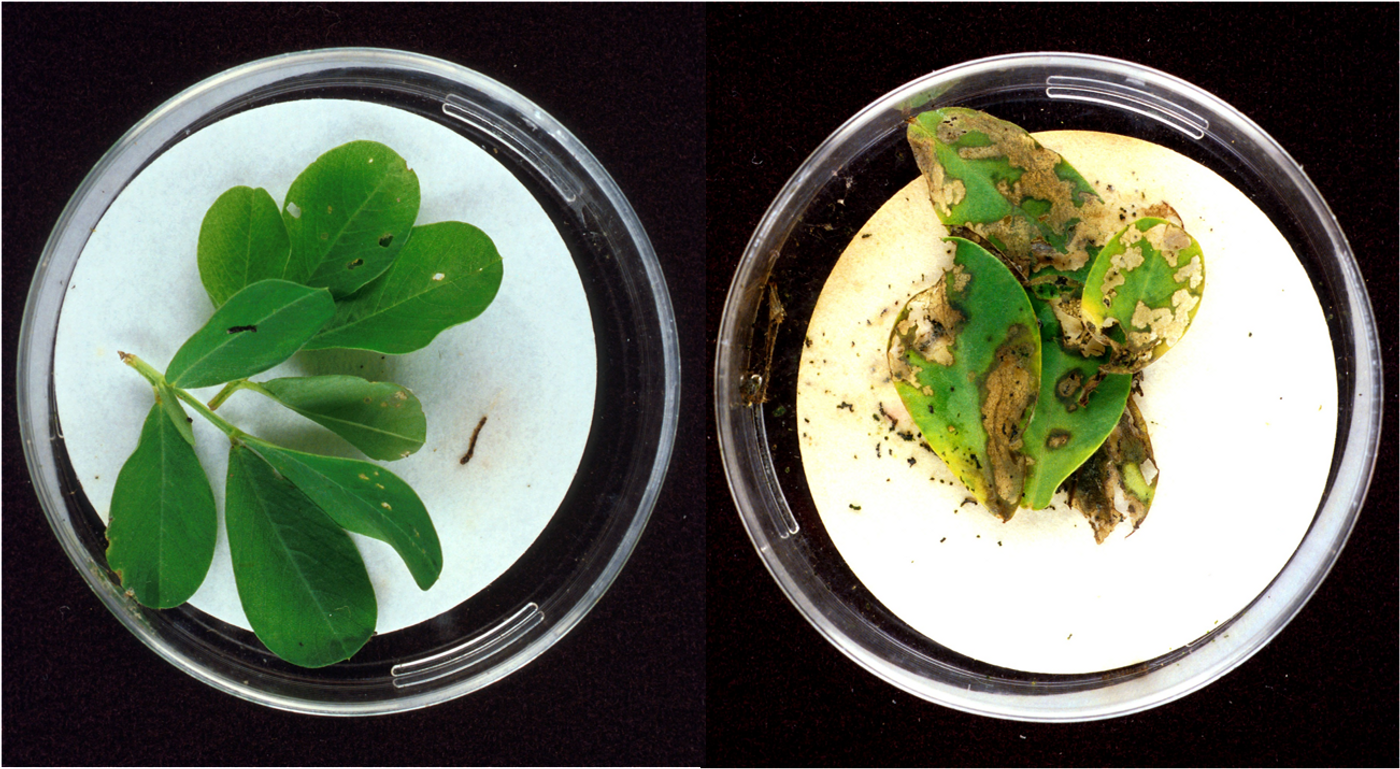Bacillus thuringiensis is a Gram positive, soil-dwelling bacterium. Like all
Bacillus species, it is rod-shaped and produces
spores. Aside from being a close relative to
Bacillus anthracis (the one that gives you anthrax)
B. thuringiensis is probably best known for its use as an insecticide.
B. thuringiensis was first described in 1901 by the Japanese biologist Ishiwata Shigetane. He isolated the bacteria from silkworms that died from what he called “sotto disease”. Thus, he named the bacteria
Bacillus sotto. Later, in 1911, Ernst Berliner isolated this same species of
Bacillus from dead Mediterranean flour moth larvae in the German state of Thuringia. Berliner named these bacteria
Bacillus thuringiensis (and the name stuck).
In the course of his studies, Berliner described the formation of inclusion bodies that he called
“restkorper”. These
restkorper were actually crystals that form when the bacteria undergo
sporulation. In 1953, Thomas Angus demonstrated that these diamond-shaped crystals are responsible for the insecticidal activity of
B. thuringiensis.

The crystals, which are attached to
B. thuringiensis spores, contain
δ-endotoxin. The endotoxin, encoded by the
cry genes, is toxic to insect larvae when ingested. δ-endotoxin is only active against specific insects such as moths, butterflies, beetles, flies and mosquitoes. This specificity has allowed for its large-scale commercial use as an insecticide because it has no adverse effects on plants, humans, or other animals.
How exactly does δ-endotoxin kill insect larvae? First, the unsuspecting larvae ingest the
B. thuringiensis spores and associated crystals. The crystals are insoluble until they reach the highly alkaline conditions of the insect gut. The high pH denatures the crystals, allowing proteases to process the toxin into its active form. (Human and animal digestive tracts tend to be more acidic, which is one reason the endotoxin is specific for insects.) Once the endotoxin is active, it binds to specific cadherin receptors inside the gut. Once bound, the endotoxin punches holes in the cells lining the gut (ouch!), eventually killing the larvae. It isn’t clear exactly how the larvae die. Some evidence suggests the toxin paralyzes the gut, causing the larvae to starve, while other evidence suggests the larvae succumb to secondary bacterial infections. One group from the University of Wisconsin presented
evidence that the resident gut microbiota is required for endotoxin-induced mortality.
Regardless of its precise mechanism of action,
B. thuringiensis endotoxin has revolutionized the world of pesticides. The Environmental Protection Agency first approved
B. thuringiensis for use as a pesticide in 1961. Since then, it has become the basis for numerous pesticides regularly used in backyard gardens and on commercial farms (it is even approved for organic farming). If you’ve used products like Dipel Dust® or Bonide Thuricide® to protect your backyard garden, you can thank
B. thuringiensis.
B. thuringiensis toxin genes have even found their way into plants, generating so-called “Bt crops” (those pesky GMOs). In 1985, a Belgian company called Plant Genetic Systems engineered tobacco plants to produce Bt toxin genes. Since then, numerous crops, from corn to cotton, have been engineered with Bt genes. As of 2010, at least 50% of cotton and 40% of the corn produced in the United States was Bt-engineered. Recently, Monsanto developed a variety of soybean that is both Roundup® (glyphosate) resistant and produces Bt toxin. There is one caveat, however. In 2009, Monsanto announced that the pink bollworm had become resistant to its first-generation Bt cotton. The issue was quickly resolved when Monsanto modified the Bt toxin to produce a second-generation Bt cotton plant.
 B. thuringiensis
B. thuringiensis is a rather intriguing microbe. It attaches a toxin to its spore to protect itself from hungry insect larvae and, if that isn’t cool enough, managed to gain rock star status in the pesticide industry. My point is, remember to thank
B. thuringiensis next time you bite into that corn-on-the-cob.
Sources:
University of California San Diego,
National Pesticide Information Center,
Bioengineered Bugs,
MicrobeWiki,
PNAS, Wikipedia










